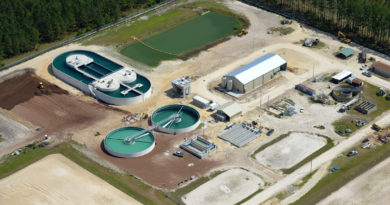$2B Baltimore Bridge Rebuild Is Test Case for New National Debate Over Infrastructure Spending
It has been three months since Baltimore’s Francis Scott Key Bridge collapsed and killed six people, shut down a a major port and caused disruptions to vehicle traffic along the Eastern Seaboard and local, state and federal officials have begun an effort to make the best out of the unimaginable situation.
“We’re working with construction companies and designers, and working with the people of our state, to think about what is it that we hope for this almost two-mile long bridge,” Maryland Governor Wes Moore said.
This comes after a major milestone was passed when crews managed to reopen the main navigation channel to the Port of Baltimore, which the milestone alone was initially forecasted to take up to a year.
“It didn’t take 11 months. We got it done in 11 weeks, because we work together,” Moore said.
But now comes the hard part.
“This is going to be an important opportunity for our state to look at all of our infrastructure, our roads, our bridges, our tunnels. You know, our critical infrastructure is imperative for our economic growth and development,” Moore said.
According to CNBC, Some of that planning is already underway. Last month, the Maryland Transportation Authority issued its first request for proposals to rebuild the bridge. The plan is to use what officials call a “Progressive Design-Build Approach,” in which the design and construction firms are hired at the same time and work together throughout the process. This efficiency could allow a new bridge to be built in just four years — breakneck speed for a project expected to cost upward of $2 billion. The Maryland Transportation Authority is expected to choose the firms this summer.
U.S. Transportation Secretary Pete Buttigieg told CNBC the new bridge will be far better than the old one that opened in 1977.
“We know things that we didn’t know in the 1970s, about how to put up a bridge,” Buttigieg said. “Nobody wanted to be here through this tragic catastrophe that happened. But it does bring an opportunity, and I would say, responsibility, to get things right for the future.”


